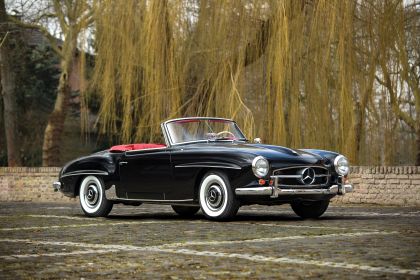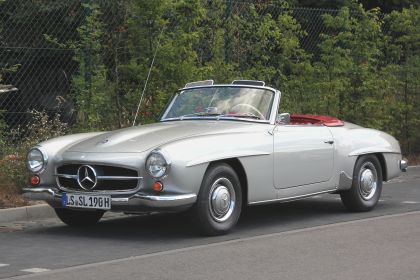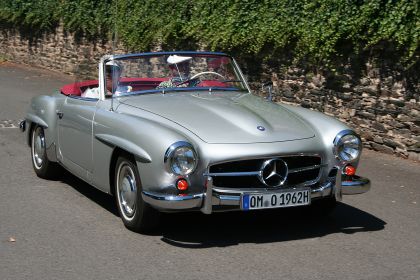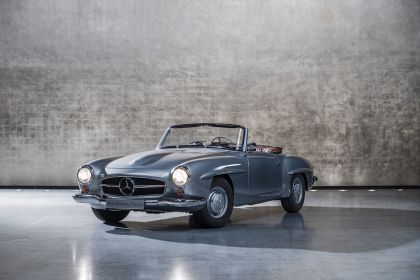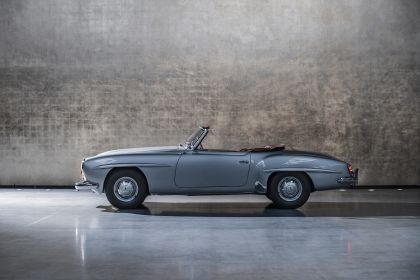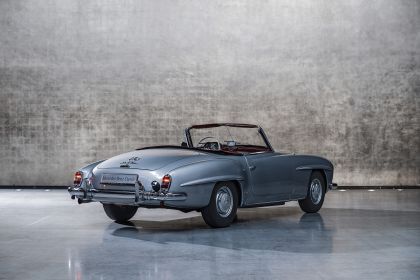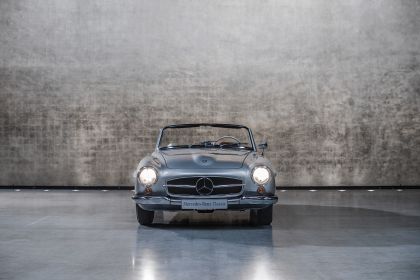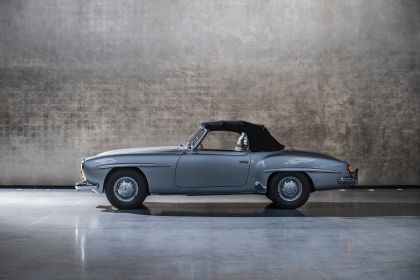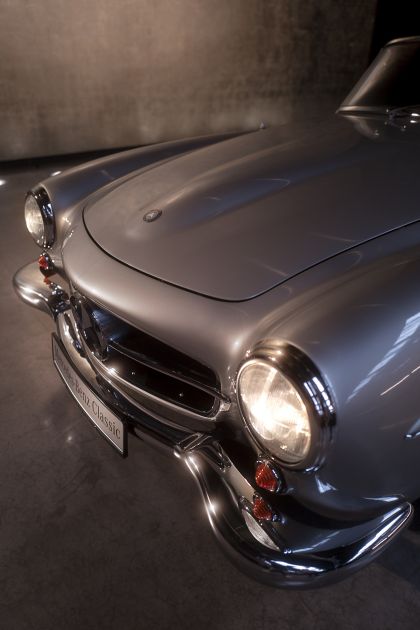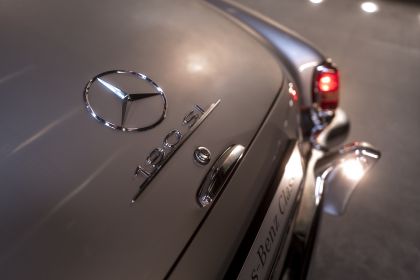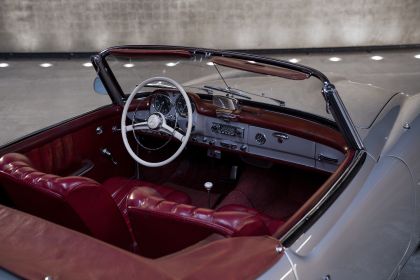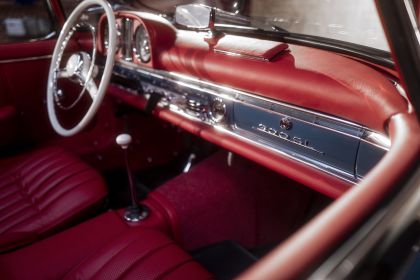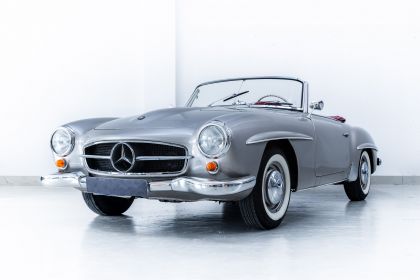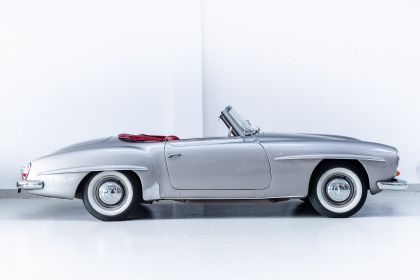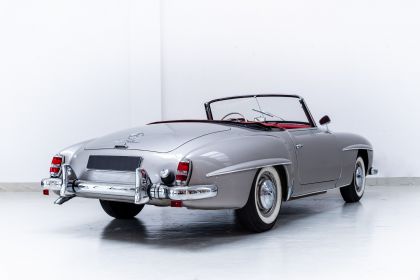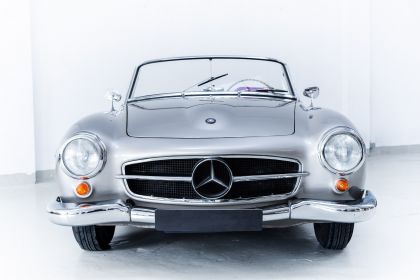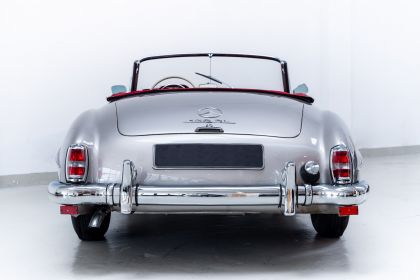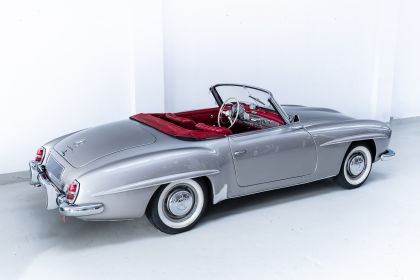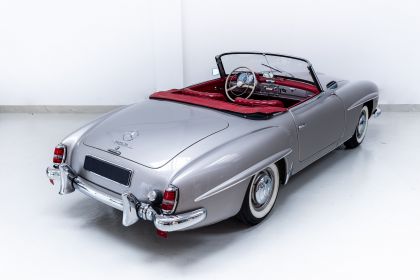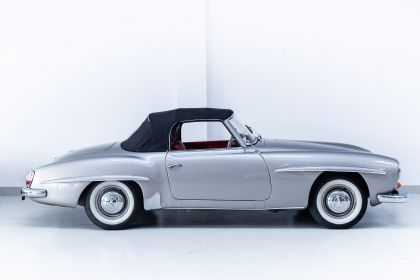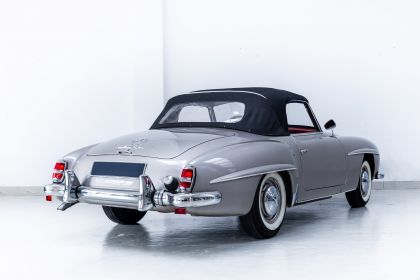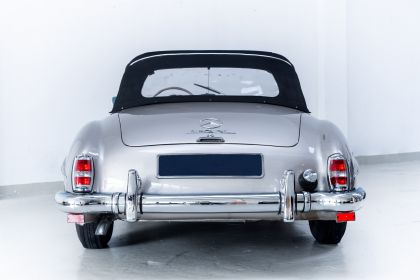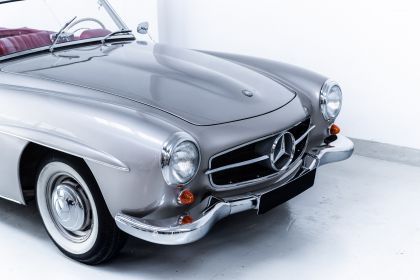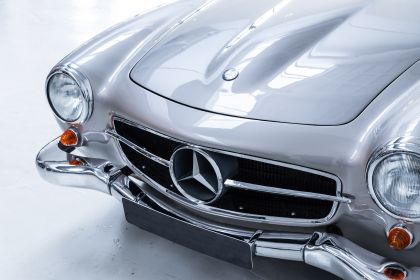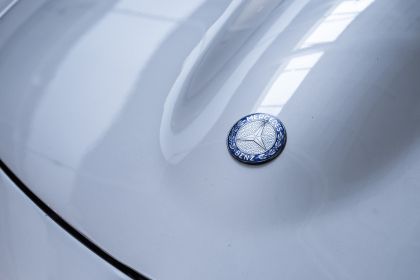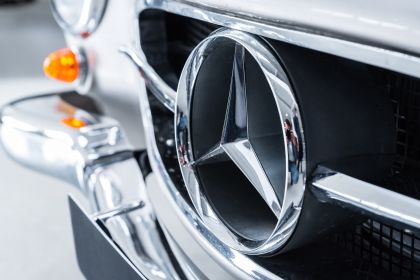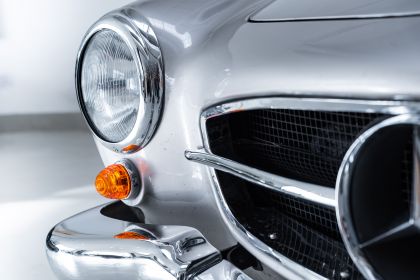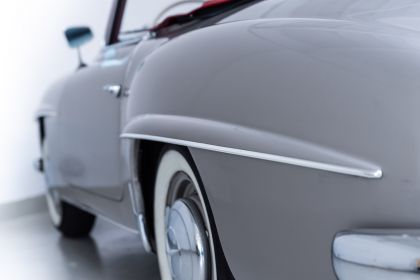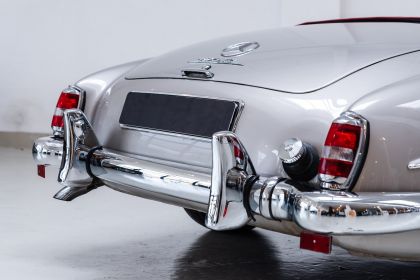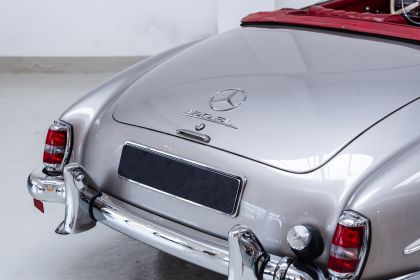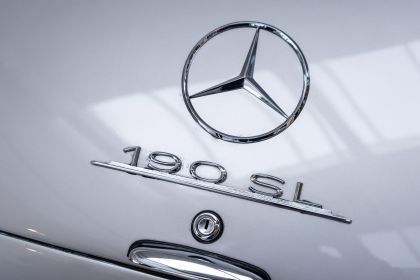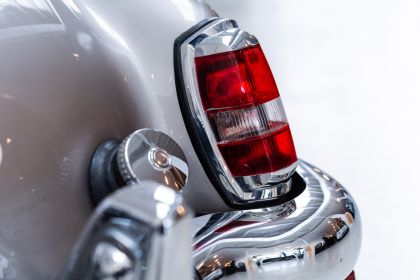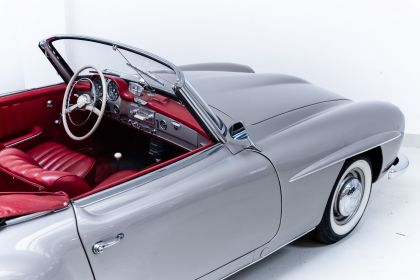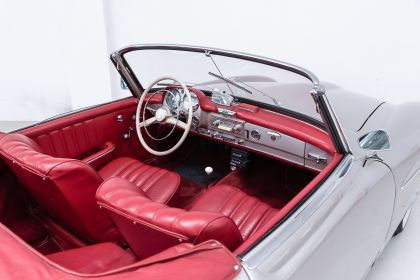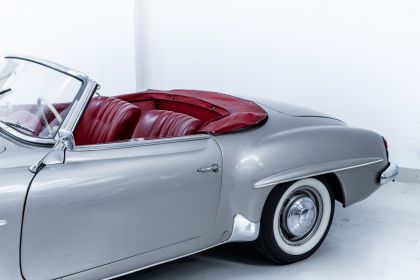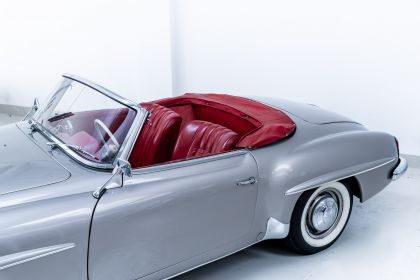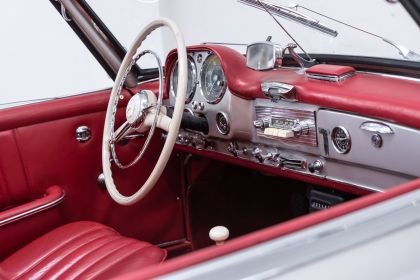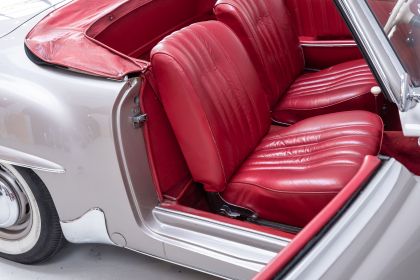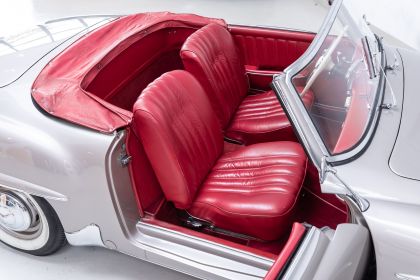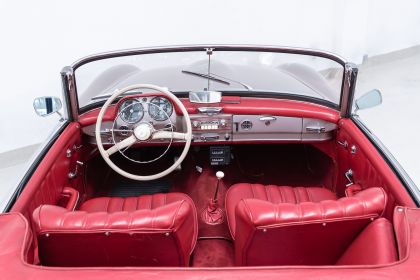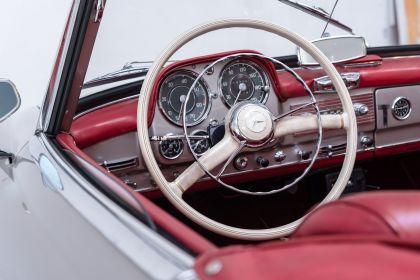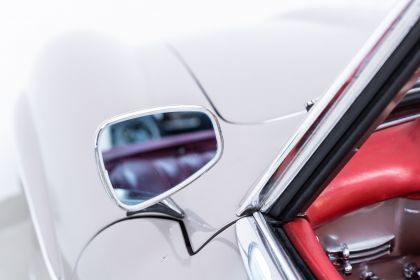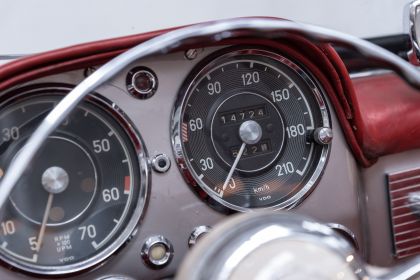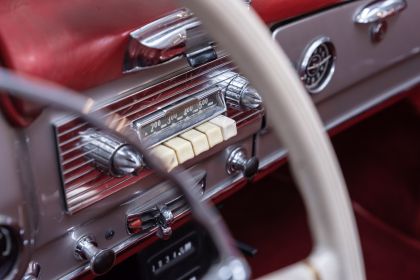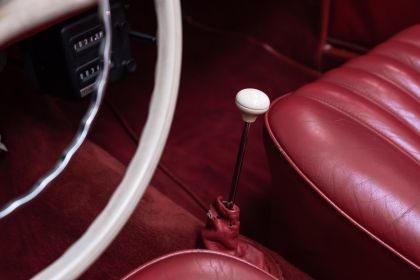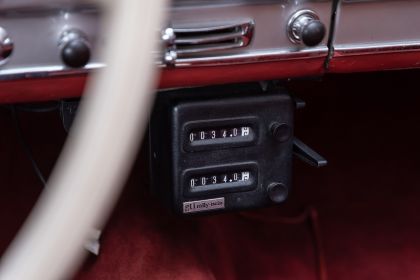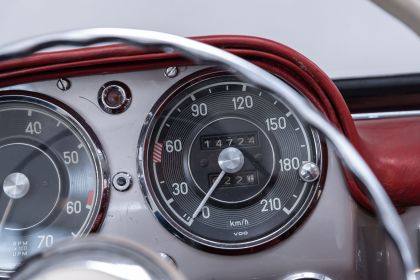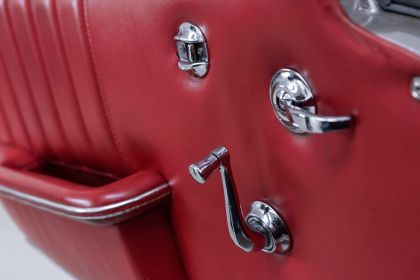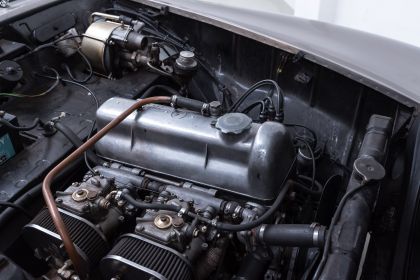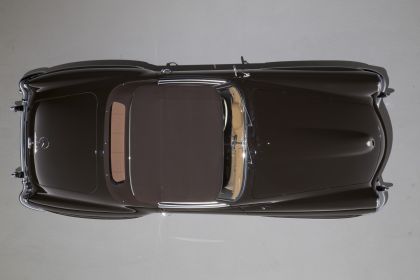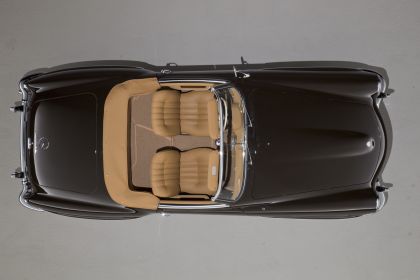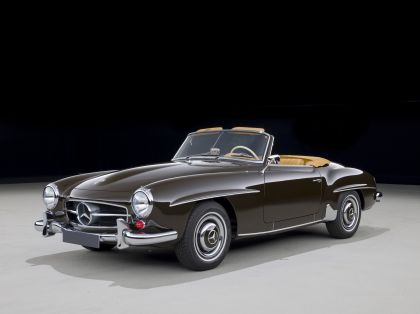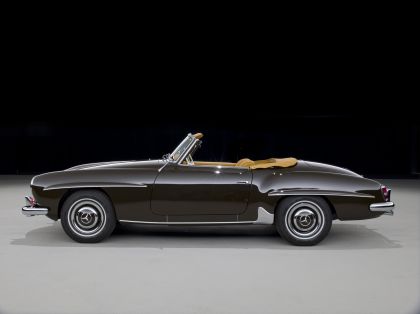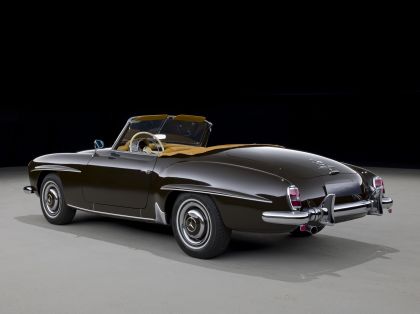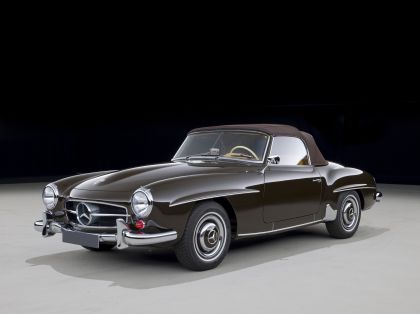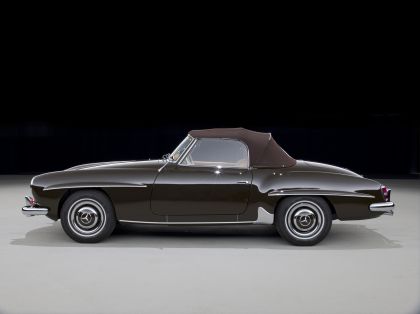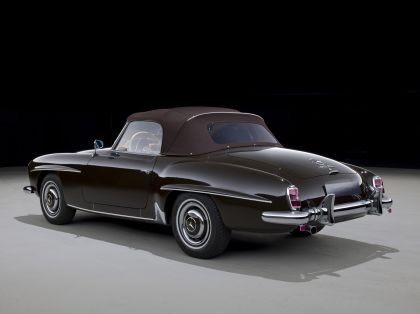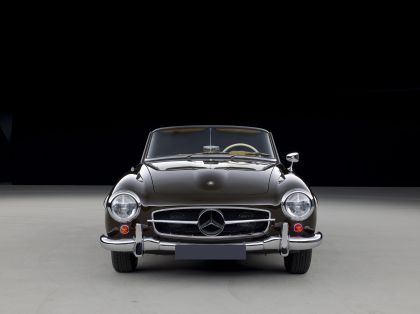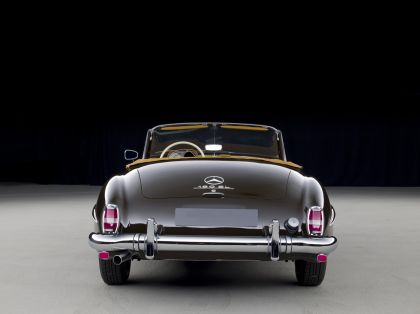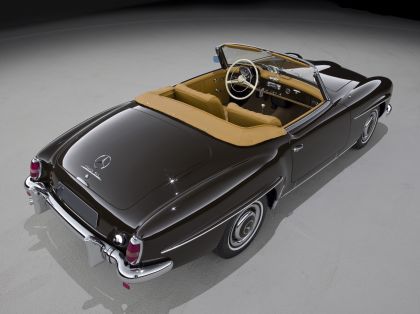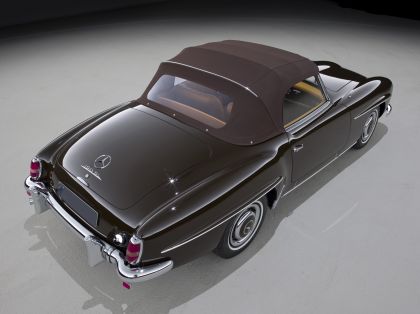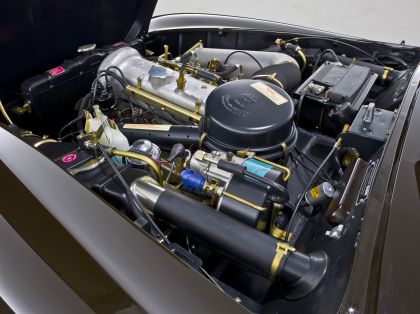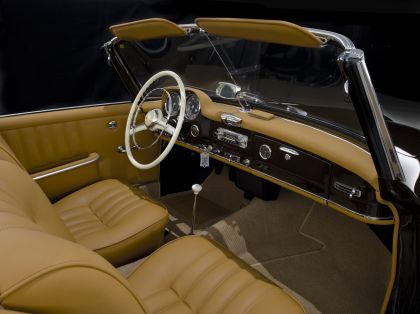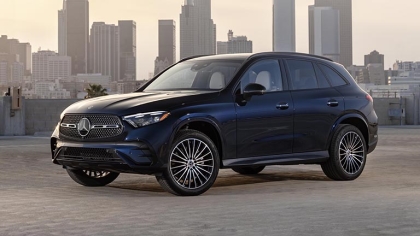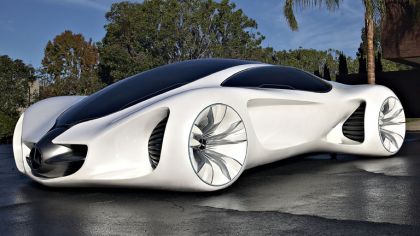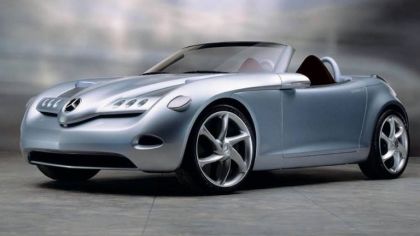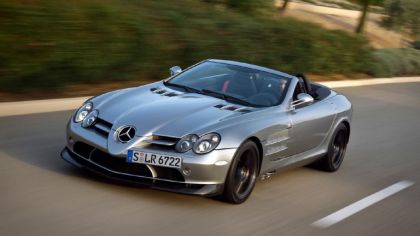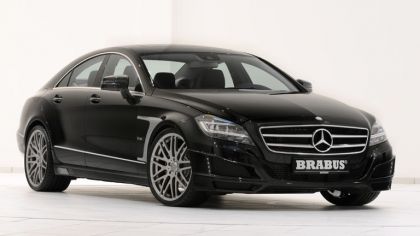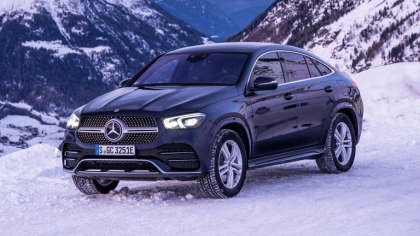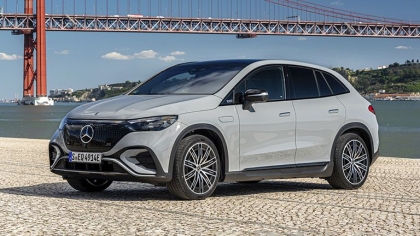Maximilian Edwin Hoffman spent hours trying to persuade the Daimler-Benz Board of Management to build a reasonably priced sports car for the American market. When he finally obtained the go-ahead from the then Director General Dr. Fritz Könecke, the elegant American still felt he had lost out. This was due to the proposal from De-velopment chief Dr. Fritz Nallinger recommending that the small sports car Hoffman wanted to build should be constructed on the platform of the 180 Saloon. Hoffman's immediate rejoinder was to the effect of "That's not going to come to anything." Later, the car buff good-naturedly conceded: "I lost - the outcome was the Mercedes-Benz 190 SL."
The notable Board meeting in Stuttgart, viewed as the session which gave birth to the famous 190 SL, took place on September 2, 1953. The people responsible for the business had invited Max Hoffman because the entrepreneurial American had been importing European cars to the USA ever since 1946 and had demonstrated an unfailing instinct and a considerable level of prescience. He was therefore the right person to partner Mercedes-Benz when it came to penetrating the American market.
The Mercedes-Benz 190 SL, whose prospects of success were rated so low by its overseas godfather after what had for him been a disappointing meeting with the Board of Management was, together with the legendary 300 SL Gullwing, to throw open the doors of the American market to the world's oldest automotive brand. With this in mind, Hoffman was promised the 300 SL for the "International Motor Sports Show" in New York, held from February 6 to 14, 1954. And its baby brother, the 190 SL, was to make its debut alongside it. The intention was to win the hearts and minds of the American public with an elegant sports car from a renowned company - one which combined an exciting design with a modest price tag.
This of course meant that the engineers were left with no more than five months to develop this car. Things had to move swiftly, and just two weeks after the meeting with Hoffman, the directors at Daimler-Benz were already examining initial draft designs for the new car. Two weeks later, they met to evaluate the first 1:10 scale model and eight weeks after that, the first 1:1 model was ready for their inspection. Then the already breathtaking pace of development actually increased. The floor assembly of the 180 model had to be adapted to suit the new design notions and the right engine had to be found. The tight schedule also meant that the shapes for the wooden blocks which would eventually give rise to the body of this car needed to be in final form no later than October 31, 1953. Faced with this time pressure, it was ultimately to be Walter Häcker who made the decisive changes to the draft designs for the body shape, culminating in the unmistakable character of the 190 SL.
While the designers were working flat out and with great enthusiasm on the new sports car, the Board of Management were giving fundamental thought to the future model policy. One of the reports from these Board meetings consequently states that the Mercedes-Benz 190 SL should be viewed as a sports tourer rather than as a racing sports car.
Double premiere in New York
Finally, on February 6, 1954, the New Yorkers enthusiastically responded to the arrival of the 190 SL with their hallmark exuberance and style. The German journal "Automobil + Motorrad Chronik" reported a "turbulent debut". Other newspapers and magazines also marvelled at the chic sports car from Stuttgart and informed their readers of the new "Star in the Automotive Firmament", heaping praise on its "refined elegance". Another German journal, "Motorrundschau" then encapsulated what many people were by then thinking of the Mercedes-Benz 190 SL: "A tantalising dream for the thousands of people for whom the 300 SL would always be unattainable."
Nevertheless, for an initial period, the younger brother of the motor racing star remained no less elusive for the buying public because the 190 SL, after causing such a sensation, was simply not put on the market - not immediately anyway. The designers were still being vociferous about a range of weaknesses: in their eyes, the car still did not have quite the right look and the new engine, later used in the saloon version of this model, still behaved in a rather idiosyncratic manner. All in all, there was no hiding from the fact that the rapid pace of development had left no time for thorough trials and test cycles. Under no circumstances was Mercedes-Benz willing to dispense with this rigorous approach to a new product.
The engineers thus set about teaching their engine better manners. They experimented with various carburettor configurations, modified the shift lever configuration, and the body first exhibited in New York was also subjected to a number of refine-ments. This process did away with the stylised air intake on the bonnet, the front edge of the bonnet was offset towards the windscreen, the bumpers, turn signals and tail lights were modified and the familiar "comet tail" bulges above the wheel arches on the SL models also appeared above the rear wheels of the modified 190 SL. This final version was first unveiled to an admiring public at the Geneva Motor Show in March 1955. Volume production started in May 1955, once the vehicle had com-pleted all its technical trials and was deemed fit and ready for life on the open road.
At this point, the Mercedes 190 SL appeared on a stage where, at least during its early days in Germany, it looked somewhat out of place. Back in 1955, road traffic was still dominated by two-wheeled forms of transport. Most Germans would not have dared to dream of ever owning more than the tiniest of cars - frequently no more than a modi-fied motorcycle with stabilisers. On the other hand, the stress and worry of finding somewhere to park were still completely unknown - at this time, a total of 1.6 million cars shared a road network some 129,238 kilometres in length, of which 2,174 kilometres were motorway. Nowadays, although the number of kilometres on the road network has almost doubled, with a five-fold increase in the length of motorway sections, the roads in Germany have to carry almost 45 million passenger cars.
The year which gave birth to the Mercedes-Benz 190 SL also saw the partition of Germany, when the two German states gained separate autonomy. At the same time, when the Warsaw Pact was established, the political temperature between East and West dropped well below zero - the Cold War induced fear in a great many people.
Despite all this, there was still optimism in the air. The first indistinct signs of the economic miracle were starting to emerge in West Germany, prompting the much aspired for upturn in fortunes. The shortage of workers prompted thoughts of turning to Italy as an initial source of migrant workers. At the same time, Italy became the dream destination for holiday travel.
While the front pages of newspapers were reporting on the worldwide fight against polio with the new "Salk" vaccine, the sports pages were enthusing about the race-track successes of Mercedes-Benz cars. They swept to victory in the Grand Prix events in Belgium, Great Britain, the Netherlands and in Argentina. Mercedes driver Juan Manuel Fangio became World Champion. The cars with the star emblem also dominated all of the world's most gruelling long-distance races - the Mille Miglia, the Targa Florio and the Tourist Trophy.
A car for the heart
Meanwhile, the journals and magazines were busy discussing the Mercedes-Benz 190 SL. "Auto Motor und Sport" considered it to be an "elegant, fast sports tourer which can also be used as a perfectly normal car for everyday use," describing it as a car with "above-average roadholding". The same publication also went on to say that the 190 SL "was renowned for the fact that it just keeps on going." It also praised the soft top, claiming that it was "made to a quality standard that, outside Sindelfingen, could only be matched in a very few locations in the world. The rapid and convenient operation required to raise and lower the convertible roof is a major benefit of the 190 SL."
This had an almost prophetic ring to it. At the time, no-one even imagined just how important a role this feature would come to play in the success of the SLK-Class. "Das Automobil" struck an even more enthusiastic note. "You can only own a car like this whole-heartedly - it casts a spell on its owner" was the accolade it bestowed. This was followed by a scarcely less remarkable confession: "I was able to feel for myself how much this car enhanced my personal standing, not only with hotel porters and ladies young and old. When you acquire this car, you are purchasing more than a means of transport. You are also acquiring recognition and, over and above the value of actually using the car, you also gain the kind of good fortune that fills the child who resides in every man with delight."
Other publications tended to focus their attention more on technical details. One such journal, the "Automobil Revue", advised its readers: "in terms of road safety, the Mercedes 190 SL is one of the very finest cars in production at this time." Then we have "Sports-Cars Illustrated" which listed a long string of positive qualities of the Mercedes-Benz 190 SL in a sober, factual manner: "The synchromesh works every time and the transmission is idiot-proof. You can drive economically if you so wish." At this point, the author of "Sports-Cars Illustrated" finally gave way to enthusiasm and confessed: "Where the 190 SL chassis really shines is when cornering and when driving in a straight line at high speeds. This is more than just a pleasure, it is actually a character building experience."
Based on proven technology
Unlike the 300 SL Gullwing, the Mercedes-Benz 190 SL was not of course designed as a thorough-bred sports car. Instead, it was conceived as an elegant two-seater sports coupé for touring and everyday driving. The chassis platform was borrowed from the short-wheelbase floor assembly of the 180 model with its familiar single-joint swing axle with a lowered fulcrum point. The front suspension with its subframe concept was derived from the 180/180 D models.
The 190 SL was powered by a newly developed four-cylinder 1.9-litre engine with overhead camshaft which was capable of delivering 105 hp. Depending on road conditions, this meant the car could achieve road speeds substantially in excess of 170 km/h and accelerate from 0 to 100 km/h (approx. 0-60 mph) in about 14 seconds.
The Mercedes-Benz 190 SL was available as a soft-top Roadster or as a coupé with removable hard-top with the additional option of a soft-top as well. Other items of optional equipment included a sports version for motor racing, featuring lighter doors with a cutout for the arm, stripped away bumpers and a small Plexiglas windshield in front of the driver instead of a windscreen. However, the Oberste Nationale Sportkommission (ONS or Governing National Sports Committee) refused to approve this sports version which was therefore withdrawn in March 1956.
Although this marked the end of any possible motorsport career for the 190 SL in Europe, it nevertheless came second at the 1956 Grand Prix in the Portuguese colony of Mação and was awarded Best in Class. In 1958 it went on to victory in its class of the Hong Kong Rally. The sporting career of the 190 SL was not even halted in 1961 when it was equipped with a diesel engine, going on as it did to break many records for diesel-engined cars.
Having said all that, the Mercedes-Benz 190 SL garnered even more success on elegant city streets than it did on the race track. A broad range of prominent social figures chose this elegant sports car to complement their image, including Grace Kelly and Frank Sinatra who drove a 190 SL in the film "Ten Thousand Bedrooms".
The Mercedes-Benz 190 SL remained in production until 1963. Many detail modifications helped to define its curriculum vitae. These included the chrome trim strips on the upper edges of the doors and large tail lights chosen for the 1956 model. From July 1957 the bumper overriders on the US version became standard equipment on all models, and in October 1959 the coupé versions were fitted with a new hardtop with an enlarged rear window.
The clearest indication of just how much loved and successful the Mercedes-Benz 190 SL was is demonstrated by the production figures: between May 1955 and February 1963, no less than 25,881 cars left the assembly lines in Sindelfingen - far in excess of the aspirations initially discussed at that decisive Board meeting back on 2 September 1953.
